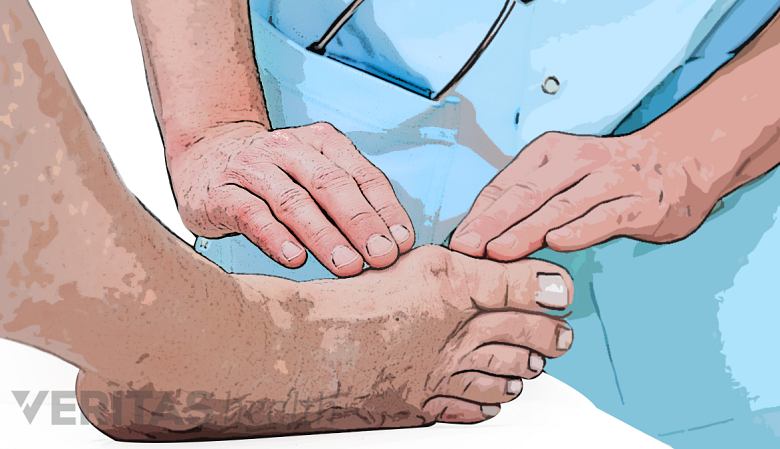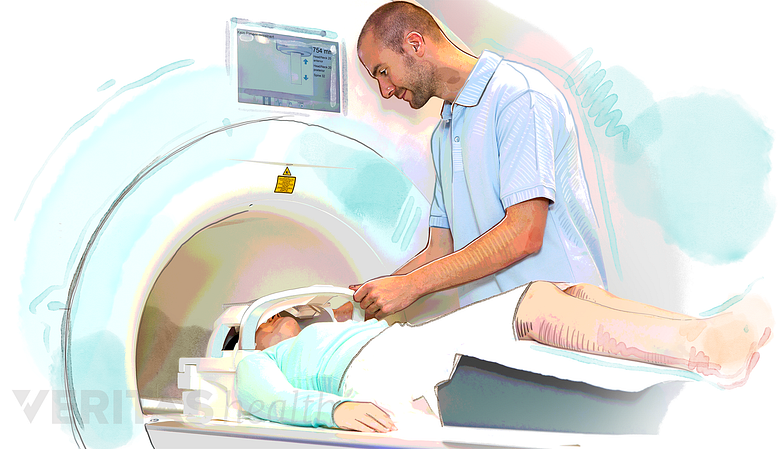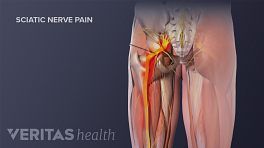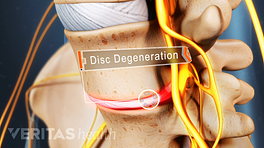A diagnosis of the underlying cause of leg pain is essential in formulating an effective treatment plan. The diagnostic procedure usually involves a comprehensive patient history combined with a physical exam. Medical imaging tests or diagnostic nerve block injections may be appropriate in some cases.
In This Article:
- Causes of Leg Pain and Foot Pain
- Accurately Diagnosing Leg Pain
- Treatment Approaches for Leg Pain
- Causes of Leg Pain Video
Physical Examination and Medical History
The goal of conducting a physical exam and reviewing the medical history is to identify the pain pattern in the leg and foot, as well as check for concomitant and/or previous medical conditions.
Physical examination
Physicians perform physical examinations to help diagnose causes of pain.
During a physical examination, the doctor may check for:
- Pain in the low back, buttock, thigh, leg, and/or foot
- Swelling and skin changes in the leg or foot
- The response to certain stimuli, such as while gently pressing the toes or calf region
The doctor may also tap certain areas in the knee or ankle to check for joint reflexes. These reflexes help evaluate muscle strength.
Medical history
A medical history may include the doctor reviewing the following:
- Type, nature, onset, and duration of pain
- Presence of muscle spasms or cramps in the leg
- Changes in muscle strength in the leg and foot
- Factors that make the pain feel better or worse
- Trauma or injury to the back, hip, or leg
- Current medical conditions or past treatments and/or surgeries
When a cause is suspected, medical imaging or diagnostic nerve block tests may be ordered. These tests usually help a doctor confirm the suspected cause of leg pain as well as identify serious conditions, such as tumors or infection. Medical imaging or diagnostic injections also help plan surgeries or other invasive treatments.
Medical Imaging Tests for Leg Pain
Medical imaging, such as an MRI, can help identify leg and foot problems.
MRI Scan of the Spine, Computerized Tomography (CT) Scan, ultrasound, or plain x-rays are typically used while diagnosing leg pain.
Imaging tests help identify herniated discs, abnormal bone growths (bone spurs), bone fractures, and tumors among others.
See Introduction to Diagnostic Studies for Back and Neck Pain
Diagnostic Nerve Blocks for Leg Pain
Targeted injections are used to identify precise sources of leg pain.
Doctors may order diagnostic nerve blocks to identify nerve compression or irritation. These injections typically contain an anesthetic solution that is injected near the suspected nerve or nerve root. If pain relief occurs, a diagnosis of nerve pain (neuropathy or radiculopathy) from the affected nerve can be considered.
Diagnostic injections are usually performed under the guidance of fluoroscopy (live x-ray), with a contrast dye for accurate needle placement. As with any injection technique, a small risk of bleeding, nerve damage, and spinal cord tissue damage may be possible with diagnostic nerve block injections.
Once the cause of leg pain is diagnosed, a structured treatment approach for the specific condition is formulated. Both nonsurgical and surgical treatments are used to treat leg pain.













